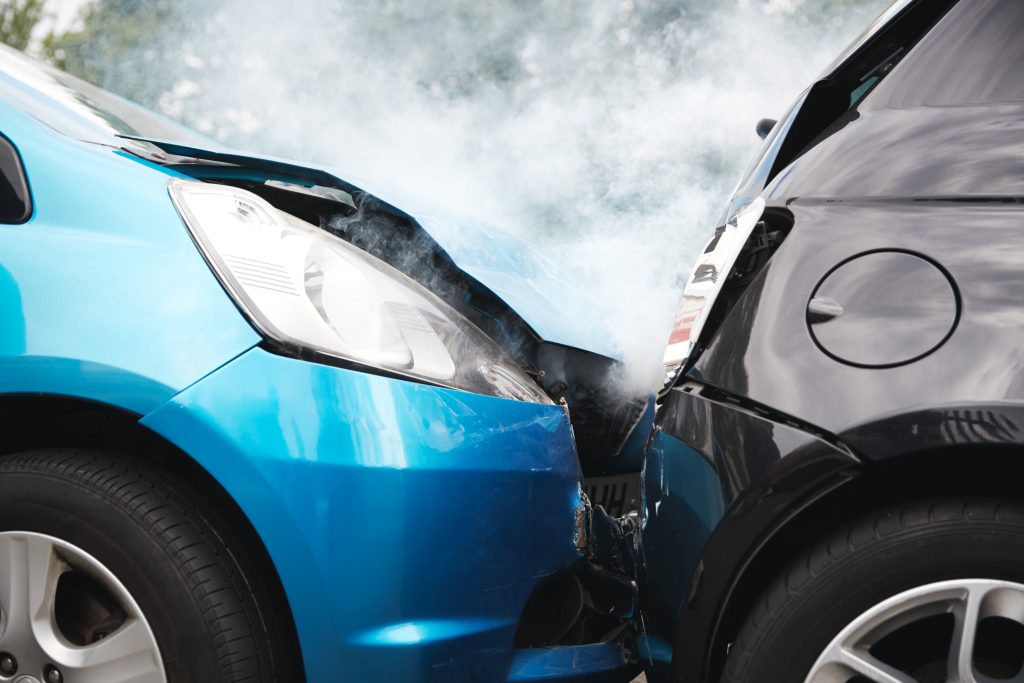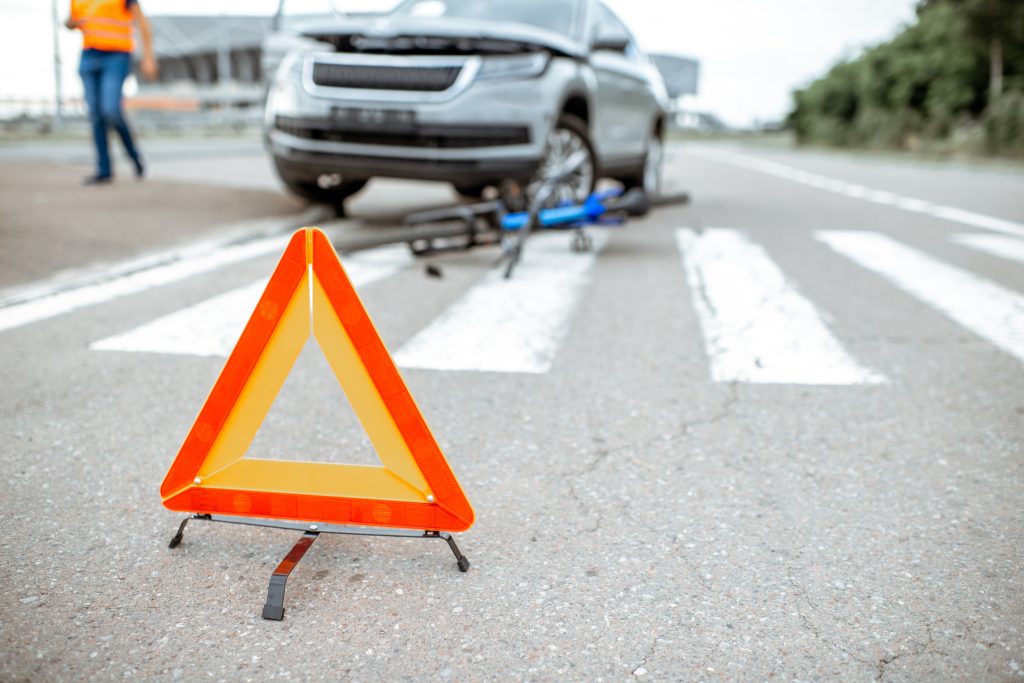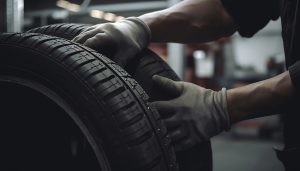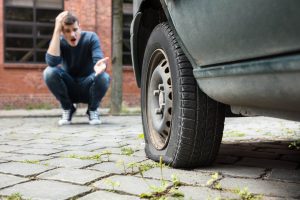In today’s blog, we will be giving you some recommendations on how to help injured people if you come across an accident on the road.
These situations are difficult to handle and might be overwhelming if you don’t know how to proceed. That is why we have prepared some basic tips to effectively assist and protect injured people whilst providing basic first aid.
What can I do to help?
Imagine this situation, you are on a road trip with friends or family and something quickly catches your attention. There is a damaged vehicle on the side of the road, and smoke is starting to come out of the engine. What should you do first?
Experts point out that a high percentage of road fatalities occur in the first five minutes after an accident. Witnessing an accident can be stressful, but your approach is key to reducing the time it takes to attend to victims. Here are some steps that you need to take in order to efficiently assist the victims of an accident and stay safe:
✅ If the emergency services are already there, don’t stop!
The first recommendation is very important and should be taken as a golden rule: if help has already arrived, you should be on your way, as stopping may block the way of other vehicles. In addition, by stopping you are also putting yourself in danger, since there is a risk of a rear-end collision due to rubbernecking.
✅ Protect, Alert, and Rescue
If you come across an accident on the road and the emergency services haven’t reached the location, here is what you need to do:
First of all, don’t panic. In cases like these it is vital to stay calm in order to properly assess the situation. To do so, you can follow the Protect, Alert and Rescue protocol.
1. Protect
First of all, you need to protect yourself before you help the victims involved in the accident. It is not worth it to take unnecessary risks in the course of saving someone else’s life. Remember the correct signalling, the use of reflective waistcoats and emergency triangles to inform other drivers.
2. Alert
Now is the time to report what happened using your phone or from the SOS posts on the road. Remember to use short, simple messages to explain what happened. The emergency services will ask you where you are, what happened, who was involved in the accident and if there are any injuries.
3. Rescue
It is important to note that only those who have been trained to assist victims of car accidents should do so. Therefore, the following should always be taken into account when assisting an injured person:
✅ Don’t move the victims unless it’s necessary
The victim should not be moved before checking for injuries. There is a common tendency to transport the victims by car to a medical facility. This is a big mistake and can lead to further injuries.
If the victim is unconscious but breathing, and has no other injuries, place them in the recovery position until help arrives. Keep an eye on them to ensure they continue to breathe normally, and don’t obstruct their airway.
✅ If the victim is a motorbike rider, never remove the helmet
Do not remove the helmet unless you have been trained to do so, as there is a risk of potential neck injury. A full-faced helmet should only be removed if the injured rider is not able to breathe and the helmet is preventing access to the airway. In all other circumstances the helmet should remain in place with chin strap undone. If the victim is conscious, then you can help them to undo the neck strap if that makes it easier for them to breathe.
✅ Don’t give the victims any food or beverages
Do not give the person anything to eat or drink unless a healthcare professional advisesyou to. When suffering from head, neck, thorax and abdominal injuries, it is not advisable to do so because the liquid may follow unnatural routes and cause aspiration if the injured person vomits while unconscious.
Although we hope that you never have to turn to these tips, they can be helpful and it is important to remember them in case of an emergency.
For further tips on car and tyre maintenance, visit our website or ask your local Tayaria dealer.






